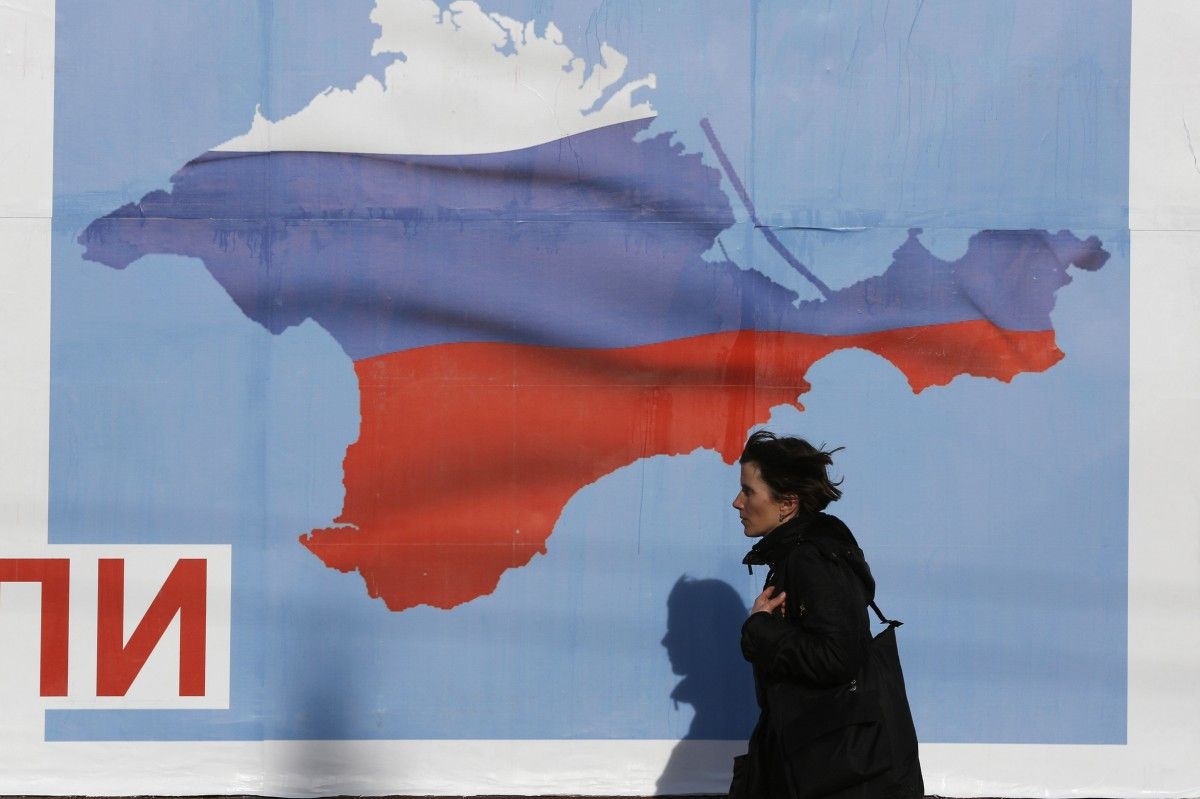
Operation "Crimea is Ours"
The Yanukovych trial was anticipated for these four long years only because everyone wished to hear the truth about how the Russian annexation of Crimea had actually taken place since high-ranking witnesses are likely to voice facts under oath rather than some speculations.
Four years ago, the situation in Ukraine was developing so rapidly that it was impossible to keep track of them in real time and not miss anything in the process. While Kyiv was trying to grasp the idea what kind of monster one should be to greenlight so easily the murder of own citizens in the heart of the capital, just a step away from Kyiv's main square, the Russian operation "Crimea is Ours" kicked off in Crimea.
Although the Russian propaganda continues to feed the Russians fairytales about Crimea's voluntary accession to Russia, the Ukrainian legislation stated the official date for the beginning of Russian aggression - February 20, 2014. Of course, at first the Kremlin denied this in every way possible. In particular, on March 14, 2014, Russian President Vladimir Putin stated that "little green men" who had been marching across Crimea since mid-February 2014 were just some "local self-defense forces". A month later, on April 17 of the same year, Putin said that "our forces stood behind self-defense forces", and six months later, on November 17, 2014, he confessed that "our armed forces blocked the Armed Forces of Ukraine in Crimea"...
One of the witnesses in the Yanukovych treason case, ex-deputy of the Russian State Duma, Ilya Ponomarev, testified in court that the decision to annex Crimea had been made "on Putin's initiative on the night of February 22-23, 2014", while the plan to seize part of the Ukrainian territory "arose very emotionally for Putin." "There was no clear plan. There was some kind of plan, probably, but it was not the only one, and the events did not exactly develop according to it. The decision that Russia will annex Crimea was taken on the night of February 22 to February 23, including on military action," he said during the court session.
However, the main evidence of lies, including personally those of Vladimir Putin and the entire Russian political elite regarding the fact that Russia had not been preparing to annex Crimea, but rather acting spontaneously after "the overthrow of the legitimate president of Ukraine, Yanukovych," on February 22, 2014, became the award of the Ministry of Defense of the Russian Federation, the medal "For the return of Crimea". It clearly engraved the dates of the Operation - "February 20-March 18, 2014". That is, the "return" had been plotted before Yanukovych fled.
Throughout these four years, both in Moscow and Kyiv, dozens of versions have been voiced of how the seizure of Crimea took place. Some of them I just wanted to believe, while some looked like an outright fake... Today, high-ranking participants in those events, being under oath, testify in court in the treason case of ex-president of Ukraine Viktor Yanukovych, who fled to Russia. This gives grounds to believe that it's the facts that are being voiced, not fiction. Having analyzed testimonies, UNIAN tried to recreate the real picture of the annexation of Crimea, in order to understand why four years ago the Ukrainian autonomy, as they say, was "surrendered" without a fight.
Where did the "little green men" come from?
Evidence of the deployment of Russian military from other regions of the Russian Federation to Crimea came via the recognition by troops themselves made to the Russian media. For example, a year after the annexation, a Kambarka (Udmurtia) resident Konstantin Fedorov told the Russian newspaper Komsomolskaya Pravda that he "served under the contract as a Marine in the Krasnodar Territory. On February 22 [when Yanukovych, according to the testimony of an employee of his security service, ex-guard of the runaway ex-president, Viktor Reznichenko, was still in Kharkiv] we were put on alert and transported to Sevastopol within a few days, and then to Kerch. We were tasked with guarding the city port and a Ukrainian military base."
"We behaved as politely as possible and talked to no one. Provocations happened often. Young people would set up rallies near us, some front women would shout: 'Bring back our sons!", one of the "polite people" told Russian journalists.
It should be noted that those "provocations" to which he draws attention indicate that not everyone in Crimea was happy about the emergence of Russian military without insignia, and did not really seek to go back "to their native harbor".
Also, in 2015, in an interview with the Russian state news agency RIA Novosti, ex-commander of the Black Sea Fleet of Russia, Admiral (Rtd) Igor Kasatonov admitted that the unidentified "little green men" in Crimea - "polite people" - were Russian army special forces. That is, there was nothing like "self-defense forces of Crimea".
According to him, "the Black Sea Fleet prepared a foothold, officers knew what was going on and where the Ukrainian bases were located, while scenarios for the developments had been worked out on maps. That is, the Black Sea Fleet coped with its tasks - "polite people" were deployed, and on February 27-28, the Supreme Council of Crimea was seized."
He also said that, in fact, the transfer to Crimea of subversive units, gunners, and stalkers who acted together with the Fleet's grouping was disguised as a routine rotation of the Black Sea Fleet troops: "I was told that the Ukrainians received information that in February, landing of three helicopters was announced at Kacha, while it was actually six helicopters that landed. The landing of a single Il-76 transport flight was announced at Gvardiyske, while three of them landed..."

Now, four years later, former Acting Minister of Defense of Ukraine, Colonel-General Mykhailo Koval, says the same thing in his testimony, with some adjustments. For example, there were eight IL-76 aircraft, not three; there were eleven helicopters, not six. "They stated one Il-76 plane was to land at the airfield in Gvardiysk, while eight arrived. There you have your 'little green men'! The 31st Airborne Peacekeeping Brigade from Ulyanovsk and the 104th Parachute Regiment from Pskov Region ... In a short while, instead of three announced helicopters, eleven arrive for the Black Sea Fleet 'drills'. They just laughed in the face of a lady border guard," he said.
According to Koval, the presence of the Black Sea Fleet in Crimea made it possible "under the guise of experts to conduct reconnaissance to their facilities, have guides from among the locals and to promptly deploy at the sites after landing."
Actually, the fact that the Russians felt at home both in Crimea and the adjoining regions of Ukraine allowed two Russian helicopters to land near mainland Berdyansk on the night of February 22-23 to fly Yanukovych and his entourage to Crimea. According to the operative of the security service, Viktor Reznichenko, those helicopters made several flights between Crimean airfields, where Russian troops had already been.
It turns out that Ukraine knew about the strengthening of the Russian military grouping on the peninsula, but did nothing?
Response to intervention
All the participants in the Yanukovych trial acknowledge that they knew something and did what they could.
According to the ex-chief of the General Staff, Colonel-General Volodymyr Zamana, intelligence data claiming that Russians intensified their actions in Crimea had been obtained a month before the "return of Crimea", on January 20, 2014. But Yanukovych's regime simply ignored that intelligence. However, even after Yanukovych fled, the situation did not change drastically. According to Zamana, he personally reported on the situation in Crimea to acting president Oleksandr Turchynov and Secretary of the National Security and Defense Council Andriy Parubiy: "But I was told that our European partners suggest that we not make sharp movements"...
Therefore, despite the fact that at that time the Russian "little green men" were already shuffling around Crimea, Kyiv, in the first days of the Russian intervention, did not lose hope to agree with the Crimean authorities and calm the situation down. For example, Acting Minister of Internal Affairs Arsen Avakov and Acting Head of the SBU Valentyn Nalyvaychenko told the court that they had flown to Crimea on February 23-24 to meet with Yanukovych. But, as it was said above, they returned to the capital with nothing. The only thing they accomplished was to try to calm down Crimean residents, telling them at a press conference that "the country is returning to a peaceful dialogue". "Yanukovych knew that I arrived in Crimea. He avoided the meeting, disappeared at the Russian military base," said Avakov.
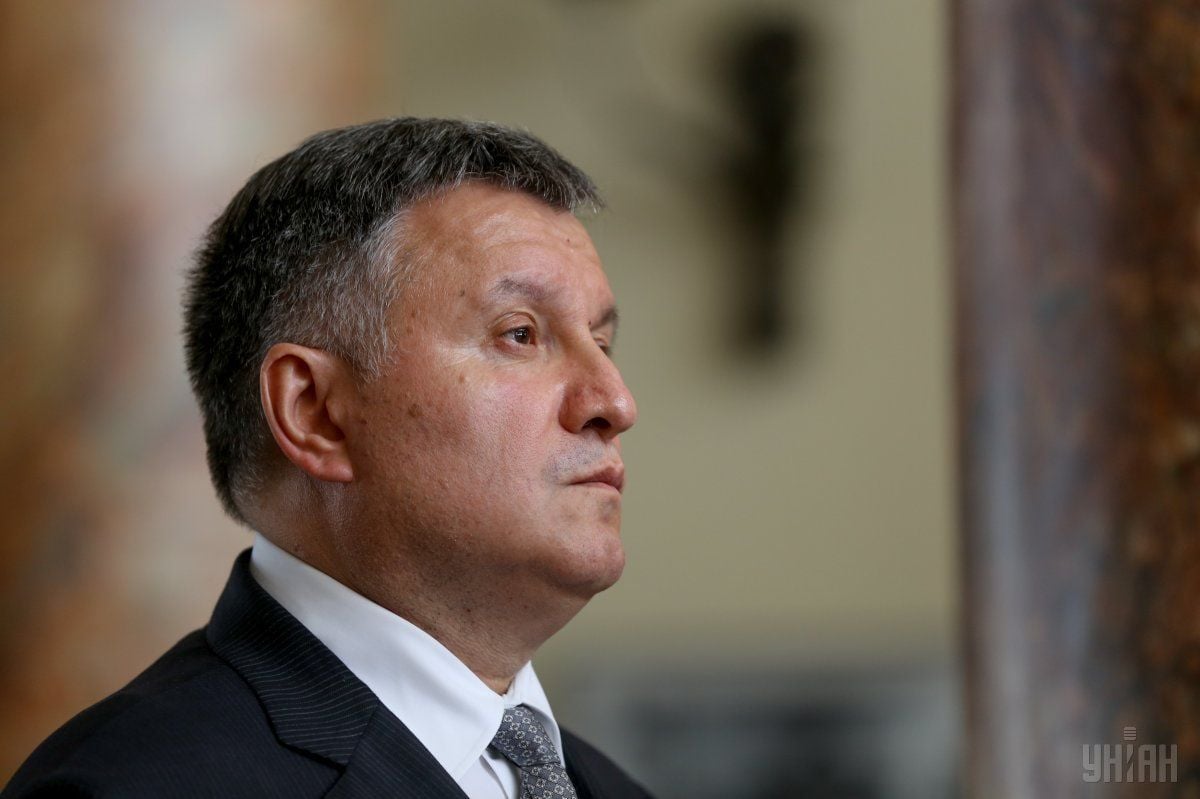
According to Nalyvaychenko, it was on February 24, 2014, that the SBU began to collect evidence of annexation. In particular, it's about the Yanukovych letter to Putin with an appeal to introduce Russian troops to Ukraine. "This letter formed the basis of those two UN resolutions that recognize Russia as an aggressor," he said.
Unfortunately, the Crimean issue back in those days was still in the background in Kyiv. The first thing on agenda was to prevent anarchy in the capital city. But while Turchynov managed to somehow keep the supreme authority, the Verkhovna Rada, in the working condition, the situation in the regions left much to be desired.
In other words, those few days when the parliament spent on its own reformatting and appointing officials to key positions in the state in place of those who fled with Yanukovych were missed, which, as a result, led to the seizure by the Russian "polite people" of the Supreme Council of Crimea and the Council of Ministers of Crimea on the night of February 27.
The next day, February 28, while current president of Ukraine Petro Poroshenko, then a deputy of the Verkhovna Rada, authorized by colleagues to negotiate with the leadership of the Crimean parliament, flew to see the closed doors of the Supreme Council of Crimea, he "personally saw that the building is closed and surrounded by 'little green men' - regular military forces of the Russian Federation - and a chain of persons sporting camouflage, who called themselves "Crimean self-defense", but coordinated by special services officers of the Russian Federation". Meanwhile, a historic NSDC meeting took place in Kyiv, the transcript of which appeared in media in 2016 and literally blew up the information space.
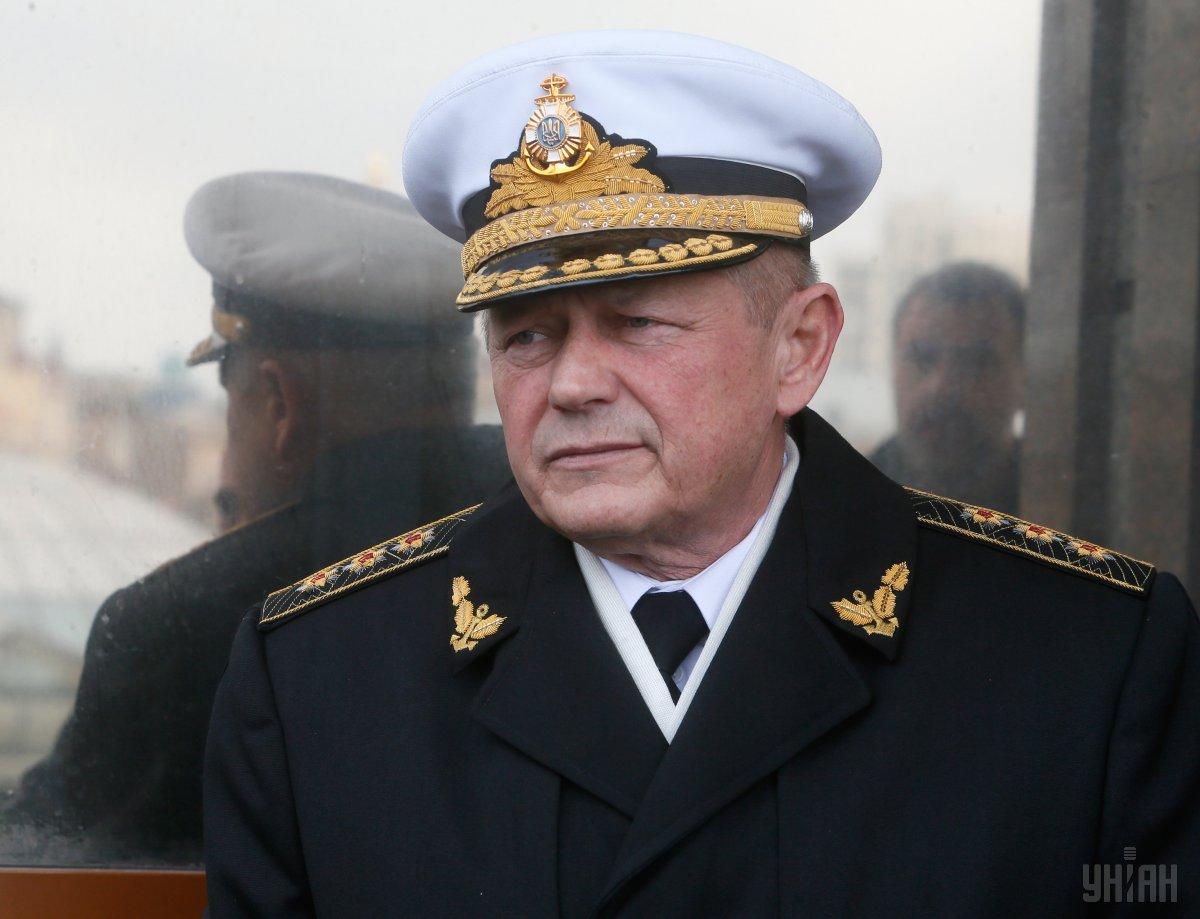
Turchynov then voiced fears that "the leadership of the Russian Federation is really considering the question of annexation" of Crimea. This was, in particular, evidenced by reports on the transfer of Russia's military to Crimea. "The planes are landing on an airfield they control in accordance with the agreement on the basing of the Black Sea Fleet of the Russian Federation," said Viktor Hvozd, then head of the Foreign Intelligence Service.
"Write it down in the resolution: immediately close the airspace over Crimea," Turchynov said.
"This will not help. They will land their planes with the help of military dispatchers. But we must do it," said Minister of Defense of Ukraine Ihor Tenyukh.
Today, in a court hearing, Teniukh is saying that his plan to "make a breakthrough" toward Crimea was not supported. However, at the notorious meeting of the National Security and Defense Council on February 28, it was he who said that "a maximum of 1,500-2,000 [Ukrainian servicemen] will be ready to follow the order to use arms." At the same time, according to him, Russian units, including special forces of the GRU of the Russian Federation, at the time already exceeded 20,000 troops. Moreover, he said that Russia, of course, has no right to increase the number of its military contingent without notice, but "we do not control the increase of their troops both by air corridors and by sea - their landing ships can arrive at any location along the coast."
Indeed, later, in March, in its very first days, Teniukh, according to his testimony, gave the order and permission to open fire on those who would cross into military bases in Crimea. "I set the task of "maintaining defense lines", not allowing the seizure of bases, so that we had time to bring our forces into a state of readiness, before the political leadership decided to use the Armed Forces," he said.
But, for various reasons, this order was not performed in Crimea.
Chronicles of betrayal
One of the reasons is the lack of an army capable of repelling the Russians. Moreover, the testimony of the Secretary of the National Security and Defense Council, then-acting president, Oleksandr Turchynov, says that there was no sufficient number of combat-ready units, neither on the peninsula nor on mainland. Although he, as well as other politicians back in those days, declared high combat capability of the army. "I think that the court understands. If I went out back in those days and said: 'Friends, we have no army, no one to protect you, no one, unfortunately, to carry out my orders', chaos could have ensued," he told the court.
In fact, the situation, he said, was deplorable. "When in the morning [of February 27, 2014] I was informed that the special forces of the Russian Federation seized administrative buildings in Crimea, I immediately gave orders to the leaders of the internal troops based in the Autonomous Republic of Crimea to surround the Parliament and Cabinet, prepare for their seizure and conduct an operation for their liberation. A few hours later I was informed that, unfortunately, they could only surround these buildings, but, being under the pressure of aggressive civilians, could not accomplish the task and were forced to disperse," Turchynov said.
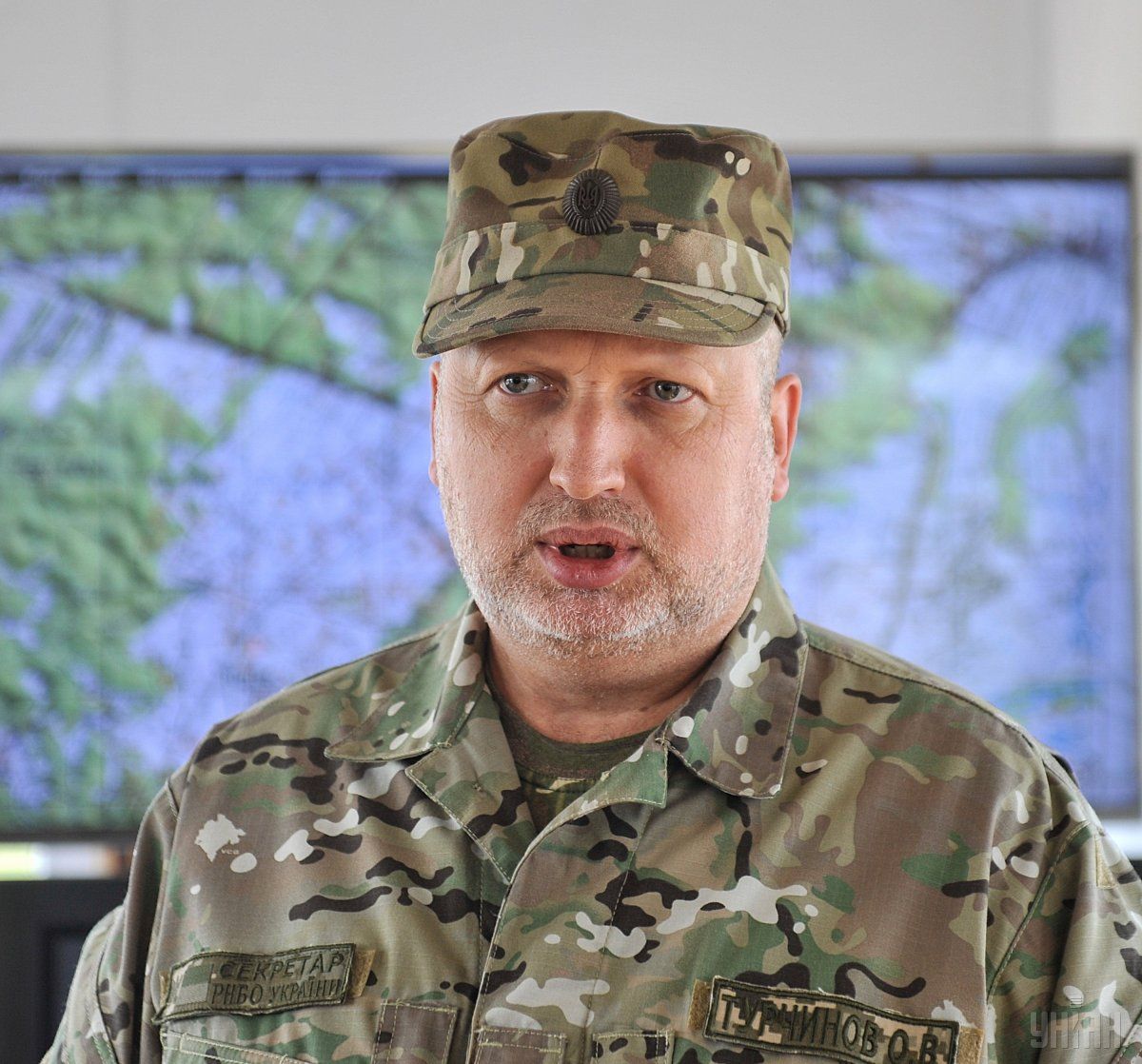
"We learned about the invasion of Russian troops not on February 24, but on the 27th, when the Verkhovna Rada of Crimea was seized. Although in reality the invasion began on February 20," he said, adding that officials and officers from Crimea did not hurry to report this to Kyiv. According to him, in those days several factors worked on the peninsula against Ukraine. The first one was that the Ukrainian military, surrounded by Russian commandos in their Crimean bases, could not at the time overcome the psychological barrier and shoot at the invaders.
The second one was that they were prevented from doing so due to the tactics of Russian special forces who, during the seizure of military facilities, put civilians in front of them. Yes, that's the very thing voiced by Putin on March 4, 2014: "we will stand behind the backs of women and children."
And the third thing was the betrayal of the oath of allegiance by many servicemen who lived and served on the peninsula. In particular, in his testimony, former Defense Minister Ihor Teniukh noted that out of 12,000 Ukrainian soldiers in Crimea, 10,000 flipped sides. Among the traitors was the ex-chief of the General Staff of the Supreme Council of Ukraine, Yuriy Ilyin. In turn, the ex-commander of the Ukrainian Navy, Serhiy Haiduk, testified that among the traitors was also the commander of the Ukrainian Navy, Denys Berezovsky, which allowed the Russians to increase the intensity of their seizure of Ukrainian military bases.
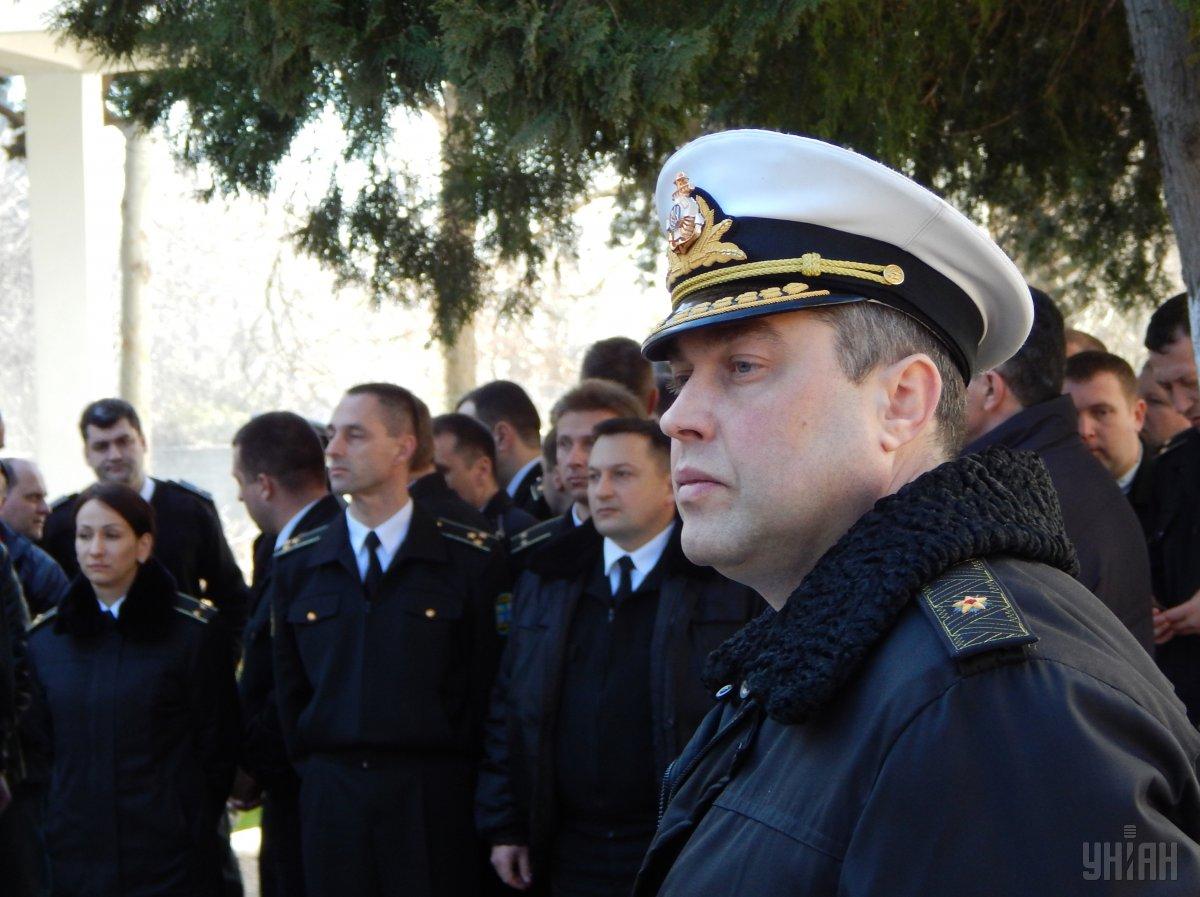
As for claims to the country's political leadership over why they did not ensure the liberation of Crimea with the help of the Ukrainian army from the mainland, Turchynov explained that a threat of the invasion of the 200,000-strong Russian army from the north and east was looming over Ukraine. "According to reports of Ukrainian intelligence and foreign partners, Russian army forces started amassing on the northern and eastern borders of Ukraine to prepare an invasion of mainland Ukraine," he said.
Therefore, according to him, 5,000 combat-ready troops were transferred to defend these lines.
"Those who fled to the Russian Federation handed in a lot of classified information... Head of the Foreign Intelligence Service, Viktor Hvozd, informed me that according to the data he received from his sources in the Russian Federation, on March 1 [2014] a decision of the Russian parliament was being prepared on the introduction of troops in Ukraine. He also said that, according to him, there was an appeal by Yanukovych to this end," Turchynov said.
Actually, all of this, in part, can also explain the fact that politicians did not dare to introduce martial law in the country. Firstly, that's because there was simply no one to provide for it. Secondly, it would not allow holding elections and consolidating the legitimacy of authorities.
*** What happened next is no secret. Yanukovych's letter to Putin requesting troops to be introduced was a poor explanation of the annexation of Crimea in the UN Security Council, but a good reason for Russia to continue aggression, hiding behind the messages about "protecting the Russian-speaking population" in Ukraine.
Tatyana Urbanskaya

